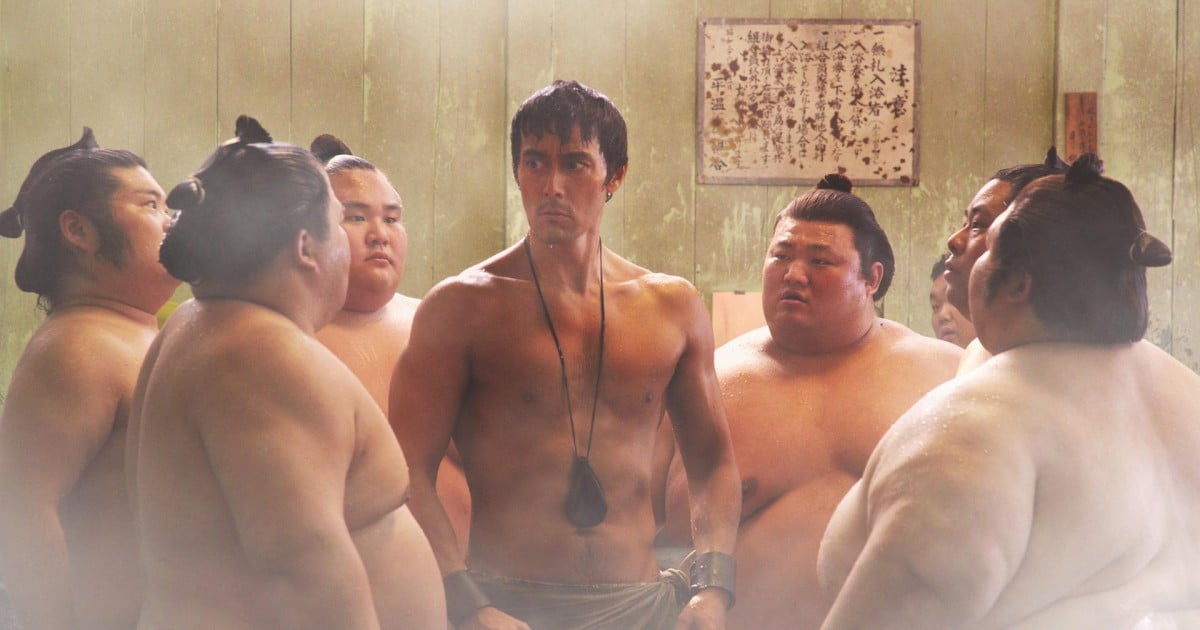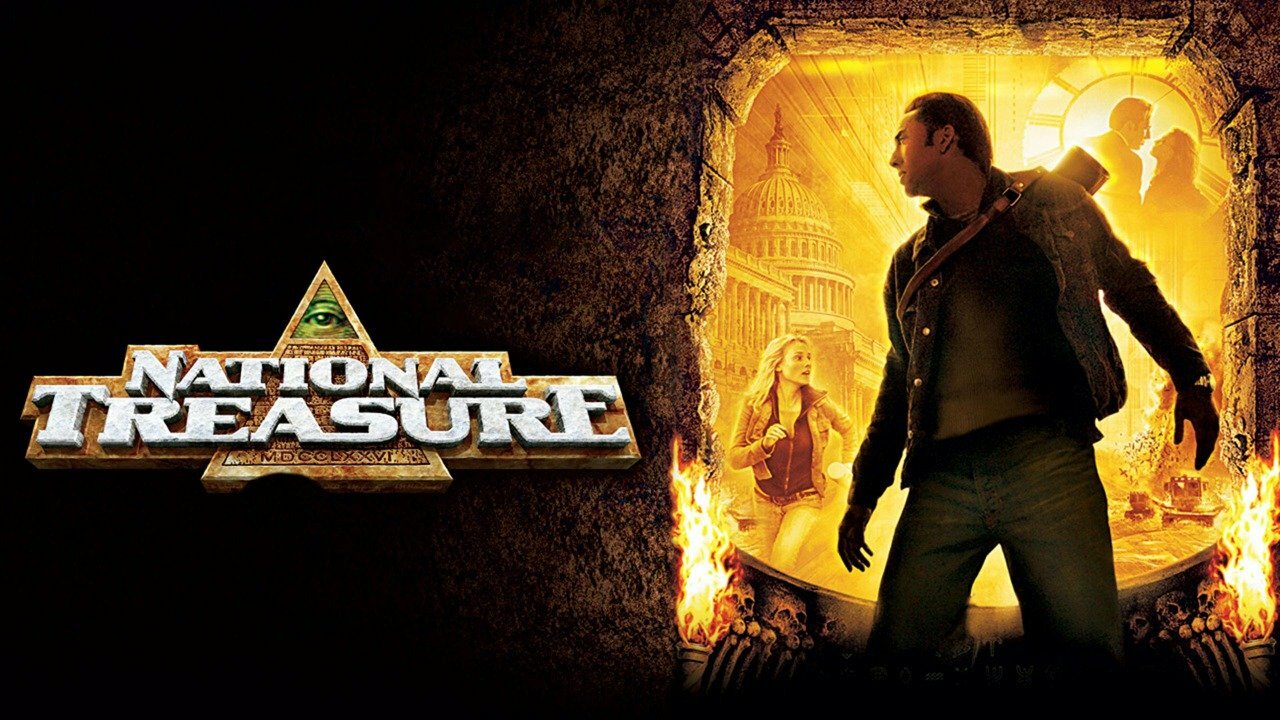Thermae Romae (2012): A Unique Blend of History, Comedy, and Culture
Thermae Romae is a 2012 Japanese live-action film directed by Hideki Takeuchi, adapted from Mari Yamazaki’s popular manga of the same name. The film presents a fresh and humorous take on historical fiction by blending ancient Roman culture with modern Japanese bathing traditions through the fascinating device of time travel. At its core, Thermae Romae is a comedy that explores cultural differences, innovation, and the timeless human fascination with baths.
The story centers on Lucius, portrayed by Hiroshi Abe, an ancient Roman architect specializing in bathhouses. Lucius finds himself struggling as Rome undergoes change and his traditional designs are no longer appreciated. His fortunes take an unexpected turn when he accidentally slips through a mysterious time portal while in a Roman bathhouse and lands in modern-day Japan. There, he is amazed by the advanced and diverse bathing culture, from the technology to the social customs surrounding public baths. Inspired by these discoveries, Lucius returns to ancient Rome, eager to implement these novel ideas in his own bath designs. This premise leads to a series of comedic and thought-provoking moments as Lucius navigates the challenges of introducing unfamiliar concepts to his conservative Roman peers.

What makes Thermae Romae particularly engaging is its clever exploration of cultural exchange across time and geography. The film humorously contrasts the grandeur and rigidity of ancient Rome with the quirky and innovative aspects of contemporary Japan, especially its bath culture. The comedic tone is amplified by Lucius’s bewilderment and sometimes awkward attempts to explain and incorporate Japanese ideas like vending machines, flavored milk, and communal bathing rituals into Roman society. These moments highlight the universal human quest for relaxation, cleanliness, and social connection, transcending centuries and cultures.
Hiroshi Abe’s performance as Lucius strikes a perfect balance between earnestness and comic timing. He portrays a man out of time, whose curiosity and passion drive the story forward. Aya Ueto appears as Mami, a modern Japanese woman who befriends Lucius and helps him understand the customs of the present day. Their interactions add warmth and a human touch to the film’s otherwise fantastical premise. The supporting cast, including Kazuki Kitamura and Riki Takeuchi, further enrich the story with their dynamic portrayals, contributing to the film’s lively atmosphere.

Visually, the film excels in contrasting the settings of ancient Rome and modern Japan. Director Hideki Takeuchi uses vibrant colors, detailed set designs, and lighting to emphasize the differences and similarities between the two worlds. The grandeur of Roman architecture is depicted alongside the sleek, high-tech aspects of Japanese bathhouses, creating a vivid visual narrative that complements the film’s thematic concerns.
Thermae Romae was a commercial success in Japan, becoming one of the highest-grossing domestic films of 2012. It resonated with audiences for its originality, humor, and cultural insights, leading to a sequel two years later. The film also found an international audience, appreciated for its inventive storytelling and unique blend of history and comedy.

In conclusion, Thermae Romae is a charming and imaginative film that combines historical fiction, fantasy, and humor to explore the enduring appeal of bath culture. Its playful treatment of cultural differences, combined with strong performances and engaging visuals, makes it an entertaining and thought-provoking watch for anyone interested in cross-cultural stories or lighthearted time-travel adventures.



